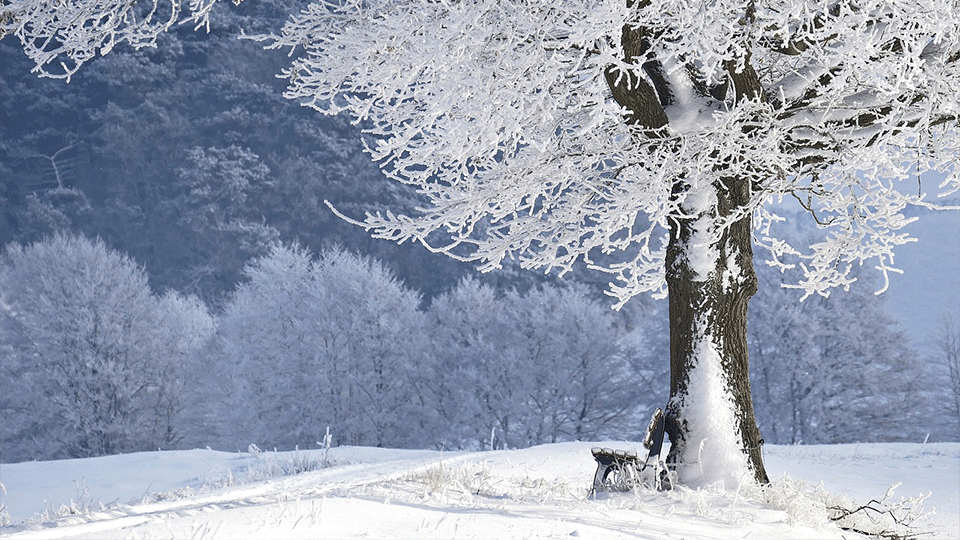

Snowshoeing, an exhilarating winter activity, is not devoid of its unique hurdles. From the complexity of choosing the suitable gear to navigating through snowy landscapes, understanding these challenges can pave the way for a safe and delightful snowshoeing experience. In this comprehensive guide, we’ll delve deeper into the common challenges associated with snowshoeing and offer expert tips to surmount them successfully.
The first stepping stone towards a successful snowshoeing expanse is the correct selection of equipment. Snowshoers often face dilemmas regarding the type, size, and design of snowshoes, which should ideally align with the nature of the activity, the user’s weight, and the prevailing snow conditions. An unsuitable gear can mar your snowshoeing experience and escalate the risks of mishaps.
There are diverse types of snowshoes designed for different activities - be it casual hiking, running, or mountain climbing. Understanding these types and choosing the snowshoe size that’s proportionate with your weight, including your gear, is vital. Missteps in this process can lead to impaired performance and risk of accidents.
The texture and depth of the snow also influence your gear choice. Powder snow needs larger snowshoes for better floatation, whereas, for packed or wet snow, smaller ones suffice. Mastering these nuances can enhance your snowshoeing efficiency and joy.
Snowshoeing can often lead us to face the unforgiving and unpredictable winter weather. A session that started with a gentle snowfall might unexpectedly warp into a severe snowstorm, hampering visibility, and making the terrain treacherous.
Consistent weather checks, adequate precautions, and preparedness for sudden weather shifts are the keys to safe snowshoeing in adverse weather conditions.
Snowy landscapes, while beautiful, present unique challenges for navigation. Flat grounds appear hillier, trails become hidden, and misleading animal tracks become visible.
Developing basic navigation skills, understanding natural navigation cues, and relying on navigation aids such as GPS or compass are crucial in staying the course in a snowy environment.
Snowshoeing is a physically taxing activity, potentially leading to fatigue, muscle strains, and injuries if not managed well.
It's important to gauge your fitness level before starting out. Starting slow, taking regular breaks, and hydrating often can help prevent exhaustion and injury.
To reduce the risk of strain, maintaining the correct posture and adopting a gait that matches the terrain and your comfort level can go a long way. Utilising snowshoeing poles can provide additional stability.
Safe snowshoeing trumps all other considerations. Understanding potential dangers and adopting safety measures are critical steps in ensuring your adventure remains enjoyable and safe.
Carry basic first-aid, hike in groups, keep track of weather conditions, inform someone about your hiking plans, and stick to known paths. These simple precautions can ensure you're prepared for many possible situations.
In conclusion, understanding and addressing these challenges can greatly enhance your snowshoeing experience. With careful planning, a sense of adventure, and respect for the forces of nature, a snowshoeing escapade can become an unforgettable winter delight. Gear up, strap on your snowshoes, and set out to conquer the snow!